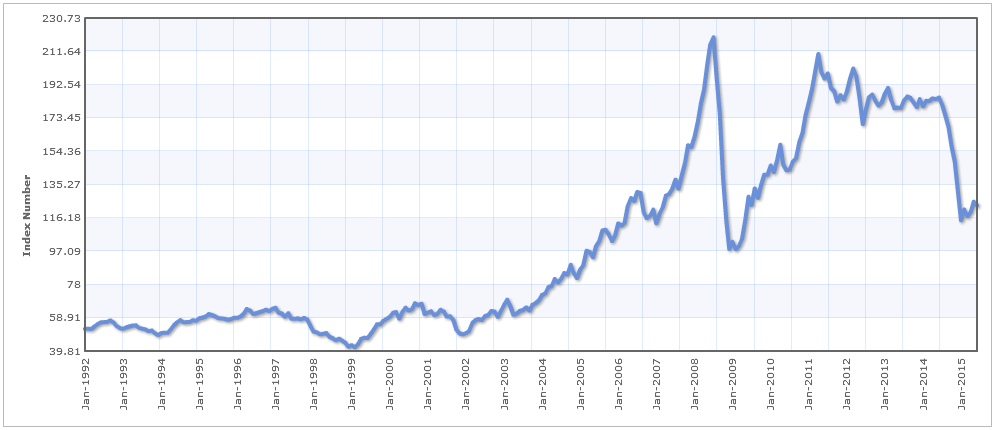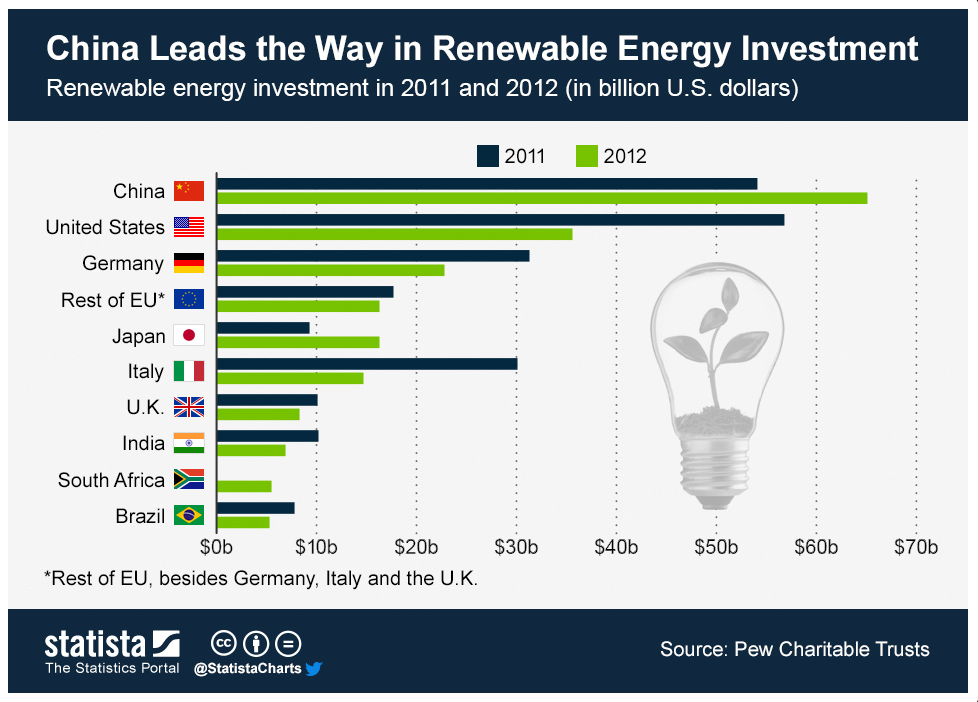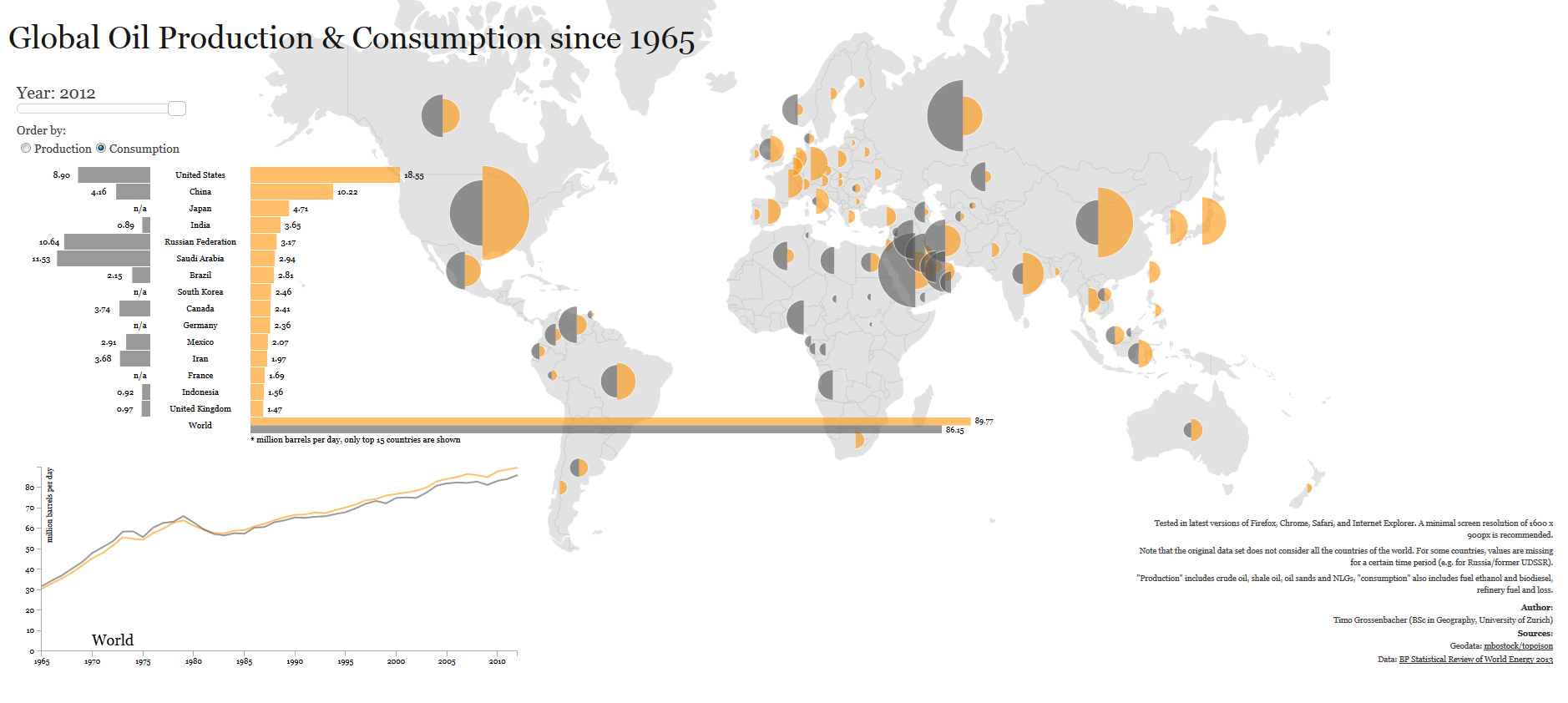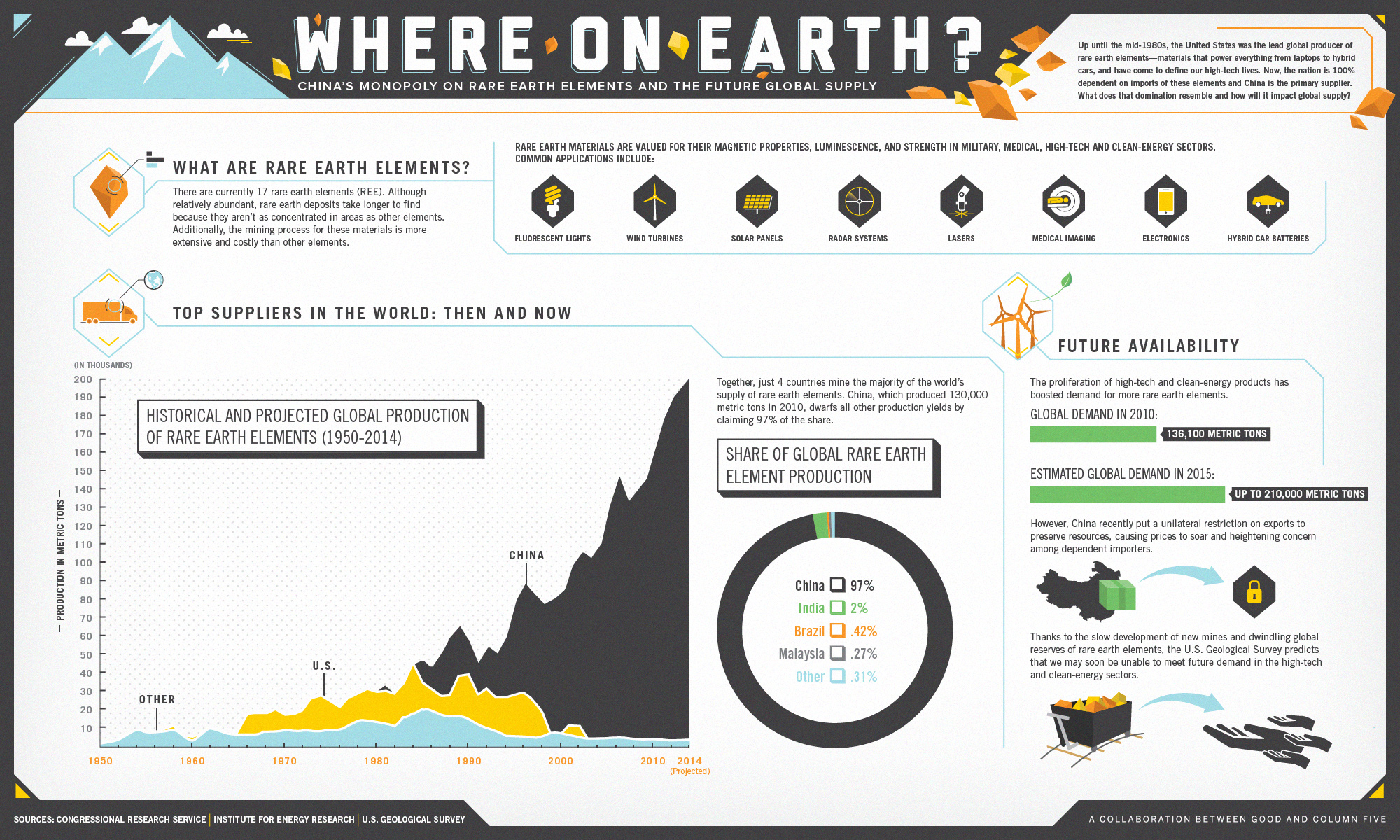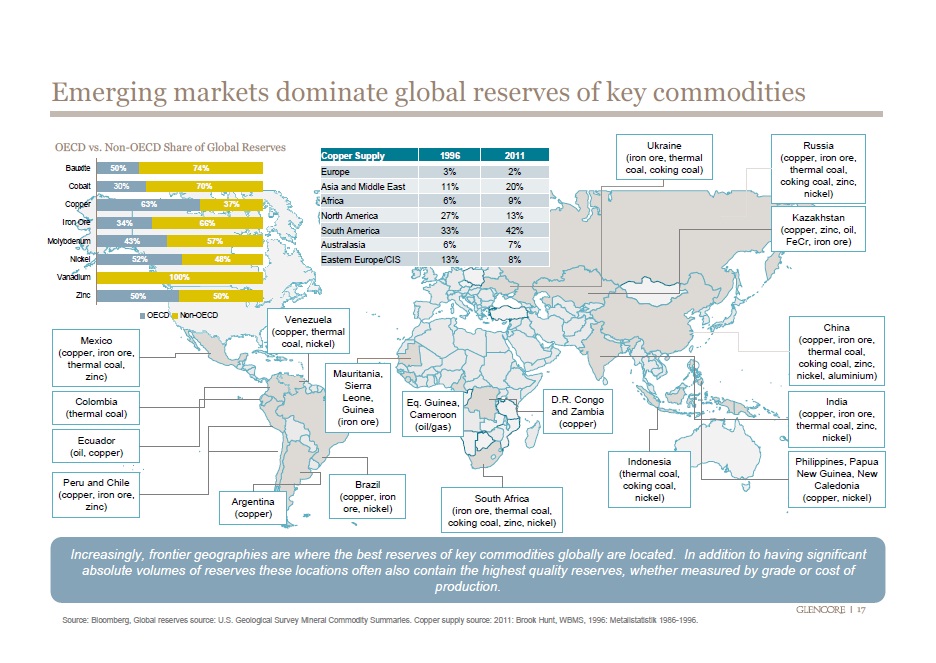Barley is an important commodity for several reasons. It is a widely grown cereal crop and a major source of food, feed, and malt for brewing and distilling industries. Barley is a hardy crop that can grow in a variety of climates and soil types, making it well-suited to cultivation in many parts of the world. It’s a versatile crop that can be used in a variety of ways such as human consumption, animal feed, brewing, and malting. Barley is also an important ingredient in the production of beer, whiskey and other distilled beverages. It’s a valuable crop for farmers as well as for food and beverage industries.
See also:
